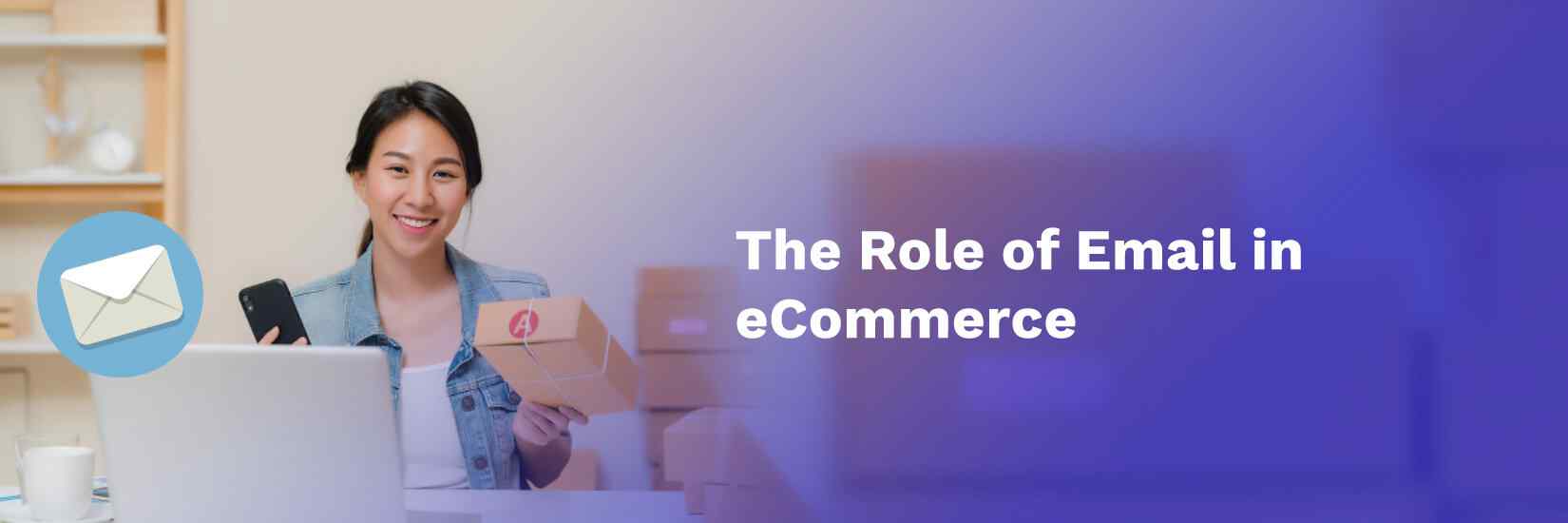The Role of Email in eCommerce

eCommerce brands around the world are experiencing significant changes within their markets due to the effects of the Coronavirus (COVID-19). Organic web traffic is on the decline and a number of brands are planning to cut down on their paid media budgets to focus on email as their primary form of communication. Email has often been underestimated in terms of the influence it can have on a customer’s life cycle.
Now is the time for brands to abandon the blind email blast approach and take a moment to understand what their customers are experiencing and how their buying habits have changed. This is an opportunity for brands to get back to the basics of their emails and understand:
- How are my customers feeling right now?
- Do my email automations make sense?
- What are my customers actually seeing?
- Is the language I’m using still relevant or could it be damaging?
- Are the customers on my segments still relevant?
Turn your never email newsletter into a targeted sales generator by using some of the following techniques to optimize your customer communication.
Data Segmentation
Context is the key to understanding and using email data collection and segmentation to improve sales in ecommerce. Just by sending out a quick email survey campaign to your customers to find out more about what they think about your product can be a priceless exercise. Some of the questions you could ask are:
- What do your customers think about your products and services?
- What do they think about your prices?
- What do they think about your whole brand?
- Do they usually shop just for themselves or for a family?
- How often do they shop online?
- Have they bought something from you before?
Using that data, brands can identify general trends between a customer’s email address and their preferences and buying frequency. With all that new data, brands can use their customer’s gender, age, buying frequency, buying behavior, typical paid amount and more, as the segmentation criteria to target the right people with the right messages.
Identifying the items that people buy frequently and giving them the opportunity to buy more by sending them email newsletters about stock reminders, price drops, and time limited offers can yield amazing results when done right with the right data segmentation.
Email Optimization
Email testing and optimization is critical for brands that want their emails to avoid spam filters and be opened by their customers. Email testing allows brands to pinpoint deliverability problems by providers, email templates, and senders. Different mailbox providers filter inbound emails differently and it’s super important to get detailed analytics to know how each provider will process your messages.
Does Gmail send my messages to spam repeatedly? Where do my emails land with Yahoo? It’s a big mistake to look at the general delivery rate and think you’re safe when customers using Hotmail.com email addresses may not receive any of your messages.
This is where GlockApps email testing and optimization can show you if your authentication fails and whether or not your messages are delivered or blocked and where they are being sent so brands can estimate the deliverability with any particular inbox provider. You can even create different email designs for different mailbox providers to make sure all of your customers can read your emails. Brands that use a personalized approach to communicate with their customers will always end up on top.
Boost your eCommerce Email Marketing: Top Email Marketing Trends 2023
Email Configuration
Email infrastructure, including the sending IP address, sending domain, and email authentication, determines 90% of the success or failure of an email campaign. Brands that manage their own email systems with dedicated IP addresses should care about their IP reputation and check them for listings in IP blacklists. For email campaigns, it is highly recommended to use a different domain from the main one. It can be similar in order to maintain brand recognition, but should be slightly different in order to protect the reputation of the main domain.
With how common phishing and email spoofing attacks are, it’s critical to make sure that all outgoing emails are properly authenticated with SPF, DKIM, and DMARC to prove to the receiving server that the email is really coming from the sender it claims to be coming from. Correct email authentication can make all the difference in where emails are being delivered and protect the domain from spoofing with the “reject” DMARC policy.
There are a lot of tools that provide DMARC Analyzer to help senders identify the authentication issues and fix them before their reputation and deliverability are ruined.
eCommerce brands that deploy DMARC alignment and set the “reject” policy will soon benefit from a new standard – Brand Indicators for Message Identification (BIMI) which will allow senders to have their logo displayed next to the message in the customer’s inbox. This will help brands with instant recognition of their emails and will create a good image of the brand in the eyes of their customers. Brands with all the correct configurations in place will benefit from the new standard right when it starts for major mailbox providers in 2020.
Today brands have an opportunity to test, experiment, be creative, get to know their customers and use a personalized approach to email marketing. Now is the time to be more than just a яsender, it’s time to become an expert and maintain a good brand reputation with email, and improve your customer’s long term experience with your brand.



